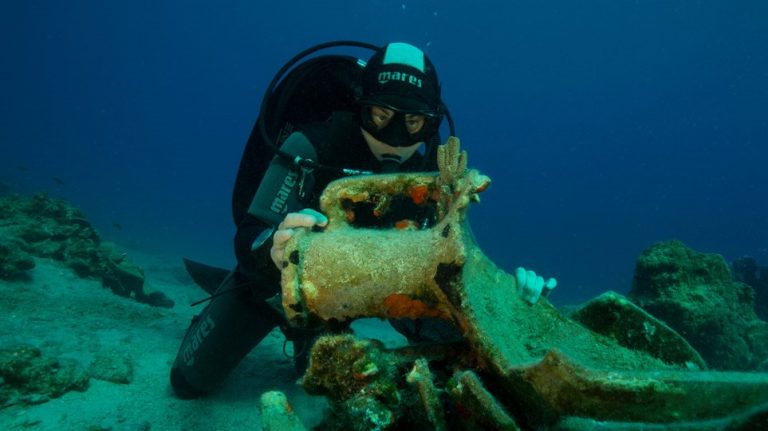Five major ancient shipwrecks that carried amphorae and an anchor pole pointing to a large sea vessel are among the amazing finds found by archaeologists during underwater searches at the bottom of Levitha, a small island in the Aegean Sea, between Amorgos and Leros.
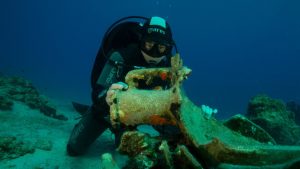
It is the most impressive discovery in 2019 and included a mixed shipload of amphorae from the Aegean (Knidos, Kos, and Rhodes), Phoenicia and Carthage, dated just before the middle of the 3rd century BC, during the maritime domination of the Ptolemaic and Antigonides empires in the Aegean.
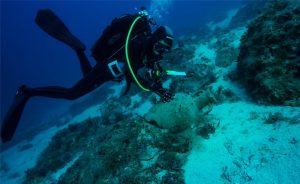
The shipwreck at Knidos had a trove including amphorae, dating back to the same period, while three more shipwrecks with cargoes of Cone or pseudo-Cone amphorae were found (2nd and 1st centuries BC) and the 2nd century AD), a shipwreck with amphorae cargo from the North Aegean of the 1st century BC, a shipwreck with cargo of amphorae of the 1st century BC. and finally, a shipwreck with amphorae dating back to the early Christian period.
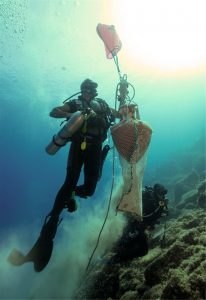
Of particular interest is a granite anchor pole, lifted from a depth of 45 meters, weighing 400 kg. It is probably dated to the 6th century BC. and is the largest stone pillar of the Archaic period, which has been found to this day in the Aegean. It was most likely used by a colossal sized ship.
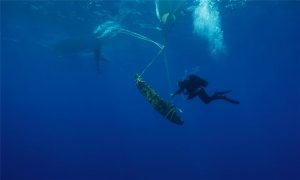
The discoveries are the fruits of the first mission of the underwater archaeological research overseen by the Ephorate of Underwater Antiquities on the island of Levitha, which took place from 15 to 29 June under the direction of archaeologist Dr. George Koutsouflakis.
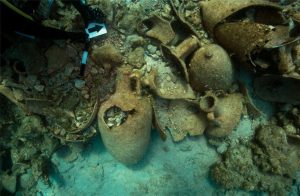
The underwater archaeological research is being conducted over a three-year period (2019-2021), with the aim of identifying and documenting ancient shipwrecks in the coastal zone in the cluster of four isolated islands (Levitha, Mavria, Glaros and Chinaros), which appears to have played a key role in ancient and modern navigation.
The research was funded by the Ministry of Culture and Sport and the British Academy of Humanities and Social Sciences and was supported by Patmos residents Alexander Schwarzenberg, Michalis Vagenas, Dionysios Cleoudis, Theologos Giannaros and the Dimitrios Kambosos family from Levithas.
Ask me anything
Explore related questions
